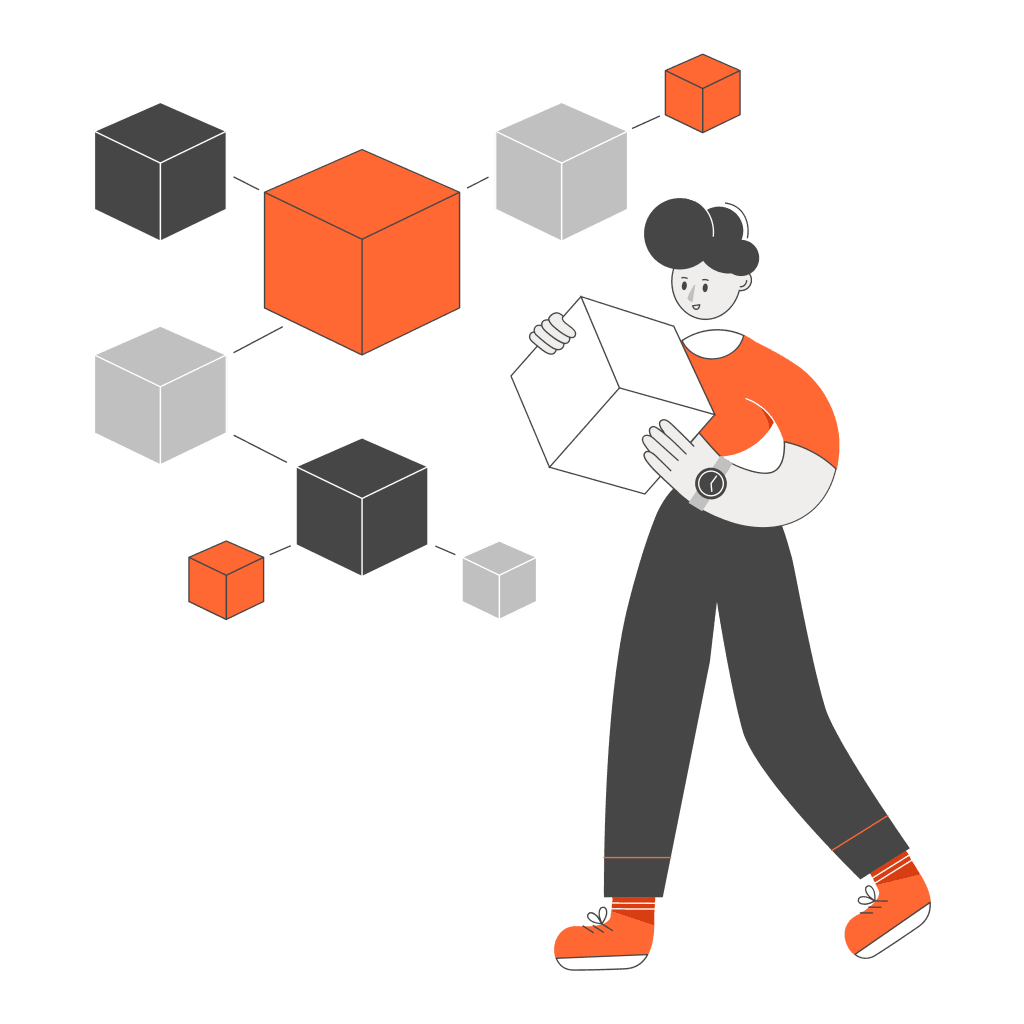Blockchain technology is revolutionizing the way educational institutions manage student records. By leveraging this decentralized and secure technology, educators can create transparent, tamper-proof, and easily accessible records systems. This transformative approach not only enhances data security but also empowers students to take control of their educational journeys.

Enhancing Security with Blockchain
Traditional educational record-keeping systems are vulnerable to hacking, unauthorized access, and data tampering. Blockchain technology addresses these issues by providing a decentralized and immutable record of transactions. Each record is encrypted and linked to the previous one, forming a chain of blocks that are stored across a network of computers. This decentralized nature makes it difficult for hackers to breach the system and access sensitive information.
Blockchain technology empowers students to take control of their educational records. By decentralizing records, students can have secure, tamper-proof records that they can easily access and share with educational institutions, potential employers, or any other relevant parties. This transparency allows for increased accountability and trust, as anyone with access to the blockchain can verify the accuracy of the data.
Blockchain technology streamlines the process of record management by eliminating the need for intermediaries. Educational institutions can upload student records directly to a blockchain-based system, ensuring that the records are instantly and universally accessible. This eliminates the tedious process of physically mailing documents, reducing costs and time consumption.

Blockchain technology ensures data integrity by establishing a transparent and immutable record of transactions. Once a record is added to the blockchain, it cannot be altered or deleted without the consensus of the network. This ensures that the integrity of educational records is maintained, as any attempt to manipulate or tamper with the data would require a majority consensus, making it virtually impossible.
The integration of blockchain technology in education prepares students for the digital future by teaching them essential skills such as critical thinking, problem-solving, and collaboration. By interacting with blockchain-based learning platforms, students develop the digital literacy and competencies they need to succeed in the 21st century workforce.
To effectively leverage blockchain technology in educational records management, educators must engage in ongoing professional development. This includes attending workshops, webinars, and collaborating with tech-savvy colleagues to share experiences and strategies. By continuously learning and improving their blockchain integration skills, educators can ensure that they are providing their students with the most effective and engaging learning experiences possible.
Conclusion
Blockchain technology is transforming the landscape of educational records management by providing secure, transparent, and easily accessible records systems. By integrating blockchain into educational systems, educators can create dynamic and inclusive learning environments that foster deeper understanding, enhance student engagement, and prepare students for the digital future. As we move forward, it is crucial that educators continue to develop their skills and adapt to the evolving role of blockchain technology in education, ensuring that every student has the opportunity to reach their full potential.
- Enhanced Data Security: Blockchain technology provides a decentralized and immutable record system, reducing vulnerabilities to hacking and data tampering.
- Student Empowerment: Students gain control over their educational records, with secure and easily accessible data they can share with relevant parties.
- Increased Transparency: Blockchain’s transparency allows for higher accountability and trust, as records can be verified by anyone with access.
- Streamlined Record Management: Blockchain eliminates intermediaries, enabling direct upload and universal access to student records, reducing costs and time.
- Data Integrity: Blockchain ensures data integrity through a transparent and unchangeable record of transactions that requires network consensus for alterations.
- Preparation for the Digital Future: Interaction with blockchain-based platforms helps students develop critical skills like critical thinking, problem-solving, and collaboration.
- Ongoing Professional Development: Educators need continuous learning through workshops and collaborations to effectively integrate blockchain technology in education.
How can your educational institution begin integrating blockchain technology to improve the security and accessibility of student records?

